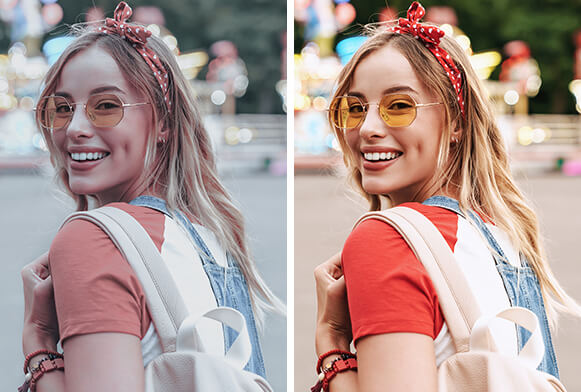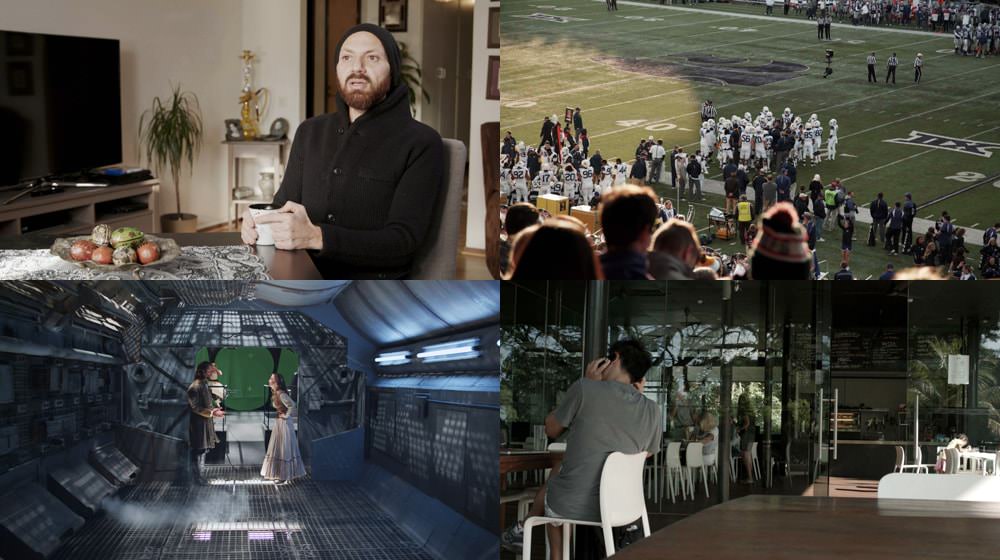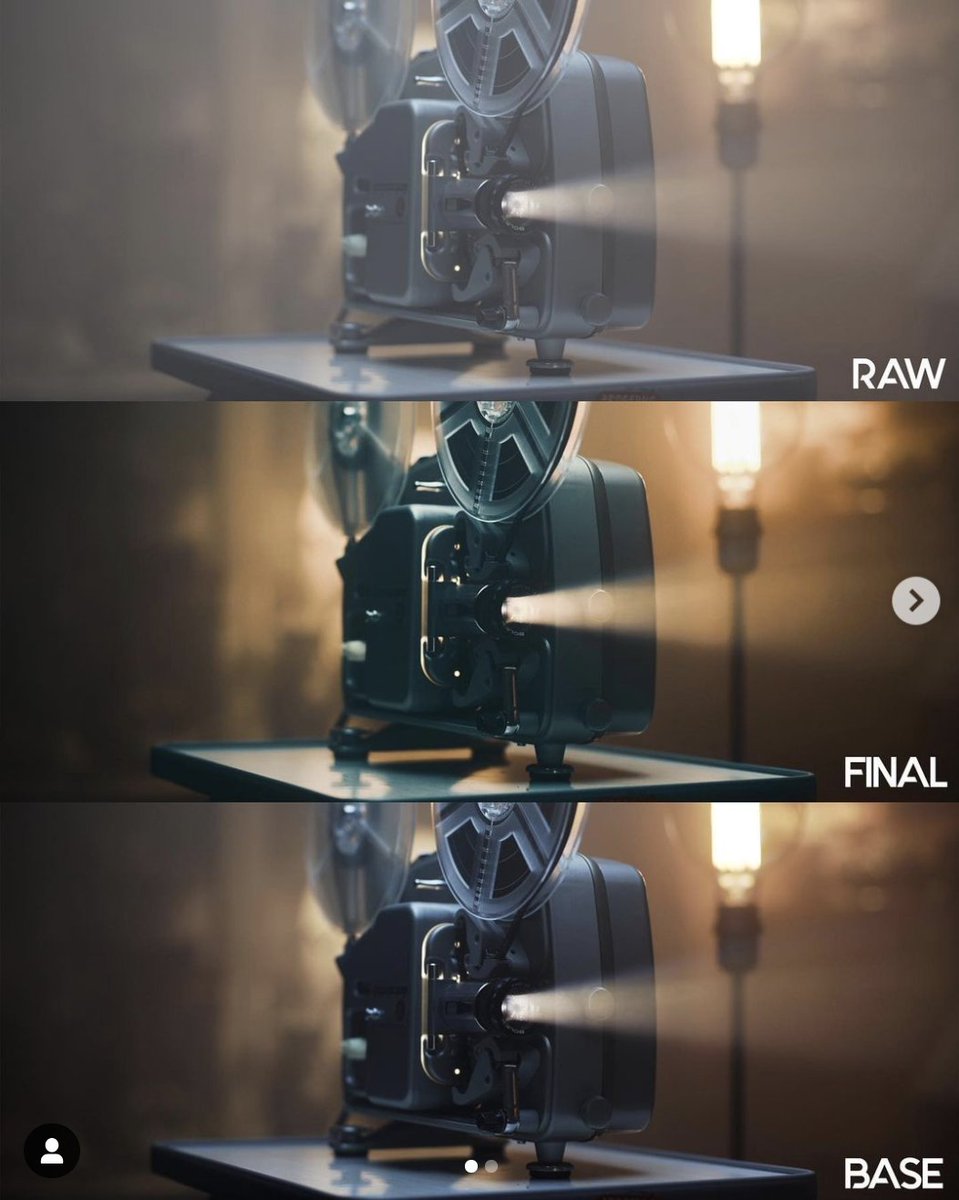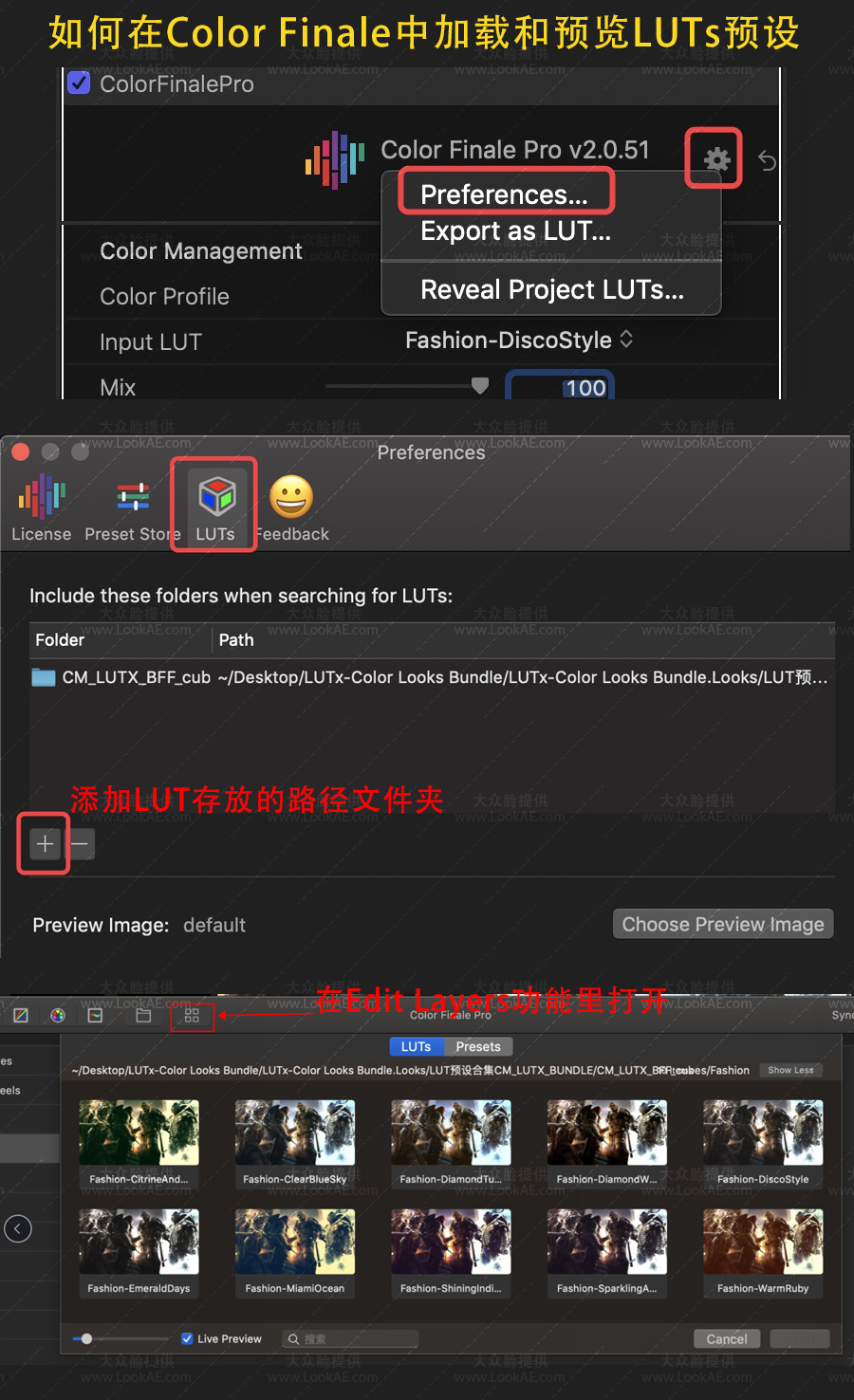Cover image via
- Color Finale Luts Download
- Color Finale For Final Cut Pro
- Color Finale Luts
- Color Finale 2 Luts
- Color Finale Free
- Color Finale Free Download
Color grading doesn’t have to be a mystery. These programs and plugins make the process faster and easier than ever.
In order to get best result from my luts, I highly recommend you can adjust the setting same as mine and need a tool, color finale or something eles, to adjust “Lift” “Gamma” and “Gain” 「Gear」 Camera A7III Lens 16-35mm F4 ZA, 55mm F1.8 ZA Gimbal Zhiyun Crane V2 Edit Final cut pro X. In the LUTs management tab you can perform various tasks that are related to LUT collections. In the LUTs management tab you can perform various tasks that are related to LUTs, i.e. You can copy them between locations on your hard drive, you can create smart collections, copy them to the libraries of Color Finale LUTs’ supported NLEs, etc.
Color Finale LUTs Giveaway 👉🏼 Color Finale LUTs 👉🏼 Grading with Color Finale 2. Also is included tints LUTs to give a color atmosphere without affecting other color settings. In total there are more than 990 LUTs in the pack (standard, LOG, V-Log, tints, gels and utility LUTs). Regularly I update this pack with new looks (free updates, you'll receive an email with download link). Color Finale™ 2 Easy Reference Guide. Color Finale 2 is a color correction plug-in designed exclusively for Apple Final Cut Pro.It surpasses the built-in color correction tools and turns Final Cut Pro into a professional grading solution.Color Finale 2 is available in both a Standard and a Pro version. This guide may refer to some features only found in the Pro version, so consult our.
Top image via Lee Campbell

If you aren’t a full-time colorist, odds are you won’t be diving into the likes of FilmLight’s Baselight, AutoDesk Flame’s Lustre, or specific programs like REDCINE-X. You’re probably just looking for a quick way to get results that make your client happy.

Here are some of the best programs and plugins for video editors to make a quick color grade.
DaVinci Resolve

Image via Blackmagic Design
Blackmagic’s DaVinci Resolve is one of the industry standards for color work. The reason it makes the list for video editors — the latest version (12.5) includes a built-in NLE. Blackmagic wants to become the go-to place for all things post-production, and they are well on their way to making DaVinci Resolve a major program outside of color circles.
DaVinci Resolve can be intimidating, as the color work is node-based — but there are a ton of tutorials online, and the amount is growing. Diving into all the specific tools requires an article much more in-depth than this, but here are a few tools for basic color grading.
In the Color tab, you will be presented with a variety of tools. This includes Color Match, Color Wheels, RGB Mixer, Curves, Windows, and more. The Color Match tool works great with color charts to instantly match the environment the footage was shot in. It will give you true color results at the click of a button.
Color Finale Luts Download
Next to the Color Match icon, you will see the traditional Color Wheels tab. There you will see three workspace options — Primaries Wheels, Primaries Bars, and Log.
The Primaries Wheels are the Color Wheels you will see in nearly every color grading program. DaVinci Resolve uses Lift (shadows), Gamma (midtones), Gain (highlights), and Offset. Offset is used to raise or lower everything in each channel. To control each wheel, just drag the circle toward the color you want. (You can reset the tool by double clicking on the circle.)
Quick note — DaVinci Resolve was designed to be used with a color grading surface. If you’re like me and don’t have $30,000 for the Advanced Panel, check out these more affordable color grading tools.
DaVinci Resolve 12.5 is available for free in the lite version of the software. The full Studio suite goes for $995.
Adobe Premiere Pro CC (Lumetri)
The Lumetri panel has grown tremendously in the past few iterations of Premiere Pro. Originally a drag-on effect, Premiere Pro CC 2017 has a full-on color grading tab. When entering the Color panel, you will be met with all the traditional Lumetri effects, as well as more traditional tools like color wheels.
The side panels are split into six default menus — Basic Correction, Creative, Curves, Color Wheels, HSL Secondary, and Vignette. Each tool works independently of each other, so changing the Creative color wheels is not the same as changing the actual Color Wheels.
The Basic Correction panel allows you to use an Input LUT (look up table), adjust White Balance, Tone (exposure, contrast, etc), and Saturation. These are each controlled with sliders. (If you don’t like an adjustment, just double-click the slider circle to reset.)
The Creative menu allows to to use .Look files, which are specific to working in Lumetri. If you like a “look” you are working on, you can save the adjustments as a preset. You can also download free look files to apply. Additionally, you can adjust the Intensity of the applied look. Within the Adjustments drop-down, you will see options to, well, adjust things like Faded Film, Sharpness, Vibrance, Saturation, and Tint Balance. (Note that this is not the same Saturation slider mentioned in the Basic Correction panel.)
For the sake of brevity, the rest of the panels are rather self explanatory. Curves allows you to adjust RGB Curves and Hue Saturation. The Color Wheels act as traditional controls for Shadows, Midtones, and Highlights. The HSL Secondary will allow you to select color ranges and adjust the Hue, Saturation, and Lightness. You can also refine the image with the Denoise and Blur options. Under Correction, you will see the original color correction tool from Premiere, controlled by a single color wheel and basic color sliders. Finally, Vignette adjusts the vignette.
Lumetri is included with Premiere Pro. You will need an Adobe Creative Cloud subscription.

Final Cut Pro X (Color Board)
With the latest overhaul of Final Cut Pro 10.3, Apple made an overhaul to the entire face of the NLE — but the color grading remains similar. You will need to apply a Color Correction effect to a clip, and then use the Color Board to adjust the look of the footage. You will adjust four pucks on the board — one each for Shadows, Midtones, Highlights, and Global.
I’m personally not a fan of this, but I understand its theory of simple adjustments. I’d much rather use an FCPX plugin for color — which I’ll cover next.
The Color Board is included with FCPX.FCPX is available for $299.
Color Finale
What FCPX lacks in color grading, Color Finale makes up for. This plugin is specific to FCPX, so if you aren’t a Final Cut Pro X user — skip ahead. Color Finale is a product of Color Grading Central, which has a great community for all things color grading related.
Color Finale adds a free floating window to FCPX. Inside the window are Color Wheels, Color Sliders, Auto White Balance controls, and the Secondaries Vector tool. The Pro version of Color Finale features some workflow management tools for those working in ACES. Here’s a look at the plugin in action.
Color Finale requires FCPX 10.2.3 or higher. It’s available as a FREE 7-day trial, $99 Standard version, and $149 Pro version.
FilmConvert
Color Finale For Final Cut Pro
FilmConvert is an emulation software that gives digital footage a film feel with grain and color effects. It works on a multitude of NLEs and platforms, including Premiere Pro, FCPX, Avid Media Composer, DaVinci Resolve, After Effects, Sony Vegas Pro, and as a standalone platform. There are also camera profiles for a variety of cameras, likes ARRI, Canon, Sony, Blackmagic, GoPro, and DJI.
FilmConvert is compatible with Mac and PC workflows.The video plugins start at $149, and all versions can be had in a $219 bundle.
Red Giant Magic Bullet Suite (Colorista)
Image via Red Bullet
Color Finale Luts
Colorista is a standalone color grading plugin for Premiere Pro and After Effects. By dragging the Colorista IV effect to your NLE timeline, you will gain access to a three-wheel color corrector, a guided workflow to balance shots, LUTs, RGB curves, color key tool, skin overlays, and hue control. It also integrates itself with Adobe’s masking and tracking features.
Odds are you have heard of Red Bullet Colorista, but Colorista is actually part of the much larger Magic Bullet Suite 13. All of the following can also be purchased individually or together as the Magic Bullet Suite.
Looks allows you to color correct and apply popular television looks in seconds. Mojo is similar to Looks in that it applies popular looks immediately, though Mojo delivers cinematic looks, sports videos, and fashion films. Film applies the look of twenty-two negative film stocks and four print stocks. Denoiser removes noise and grain, and Renoiser adds cinematic texture and film grain. Finally, Cosmo is a beauty tool, designed to apply digital makeup and cosmetic cleanup.
Colorista IV is available as a free trial, $99 for the Academic version, and $199 for the Full version. The entire Magic Bullet Suite is available for $899, which will save you $394.
NewBlueFX Color Fixer Pro and Colorfast
Color Fixer Pro is a FREE color grading plugin for Premiere Pro, After Effects, Avid Media Composer, Final Cut Pro X, DaVinci Resolve, and Sony Vegas Pro. It has ten customizable presets, white balance tools, and film lighting curves.
Color Finale 2 Luts
If you like the plugin, you can consider upgrading to Colorfast — a color correction and color grading plugin that includes sixty-five presets and the tools to create your own looks.
Color Finale Free
Color Fixer Pro is available for FREE. Colorfast 2 is available as a free trial and a $99 purchase.
Color Finale Free Download
What are your go-to color grading tools as a video editor? Share your opinions in the comments below!
